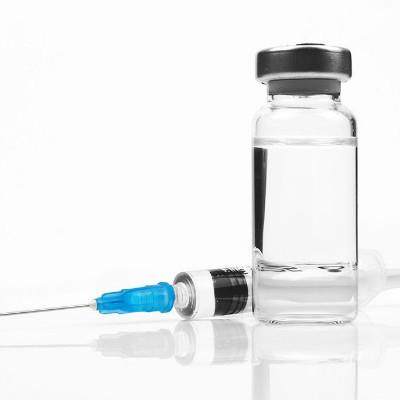Cefoperazone sodium and sulbactam sodium
summary
This product is a compound preparation. Sulbactam is a broad-spectrum enzyme inhibitor with weak antibacterial activity. It has a strong irreversible inhibitory effect on β - lactamases produced by Staphylococcus aureus and most negative bacteria, but has no activity on chromosome mediated β - lactamases of some negative bacteria. Cefoperazone is a third-generation cephalosporin with poor stability to β - lactamase. The combination of cefoperazone and cefoperazone not only shows obvious synergistic antibacterial activity against negative bacteria, but also has 4-fold antibacterial effect compared with cefoperazone alone. Next, we will introduce the functions, indications, usage and adverse reactions of the drug, hoping to help you.
Cefoperazone sodium and sulbactam sodium
First: function and indications: mainly used for the treatment of respiratory system, urogenital system infection, peritonitis, cholecystitis, biliary tract infection, intra-abdominal infection, sepsis caused by sensitive bacteria

Second, the usage and dosage of intravenous drip. 5% glucose injection or sodium chloride injection was used for dissolving, and then diluted to 50-100ml with the same solvent for intravenous drip. The drip time was 30-60 minutes. 1. For adults, the usual dosage is 2-4G per day, and it can be increased to 8g per day for severe or refractory infections. The patients were intravenously infused with equal amount every 12 hours. The maximum daily dose of sulbactam is not more than 4 G. 2. Children: 40-80 mg / kg daily, divided into 2-4 times. Severe or refractory infection can be increased to 160 mg / kg per day. The injection was divided into two to four times. Within the first week of birth, the drug should be given every 12 hours. The maximum daily dose of sulbactam should not exceed 80 mg / kg.

Third, adverse reactions 1. Mainly gastrointestinal reactions, such as loose stool or mild diarrhea, nausea, vomiting, etc. 2. Allergic reaction: macular papule, urticaria, eosinophilia, drug fever. These allergic reactions are easy to occur in patients with allergic history, especially in patients allergic to penicillin. 3. Blood system: neutropenia, hemoglobin reduction, thrombocytopenia, hypothrombin, eosinophilia, etc. 4. Laboratory examination: alanine aminotransferase, aspartate aminotransferase, alkaline phosphatase and blood bilirubin increased, urea nitrogen or creatinine increased, mostly transient. 5. Other reactions: headache, fever, chills, injection site pain and phlebitis, colony imbalance, etc.

matters needing attention
① It is forbidden to use for allergic to any ingredient of this product. Patients with β - lactam allergy should be cautious. ② Patients with severe cholecystitis and severe renal dysfunction should be cautious. ③ Prohibition of alcohol and alcoholic drugs during medication.











